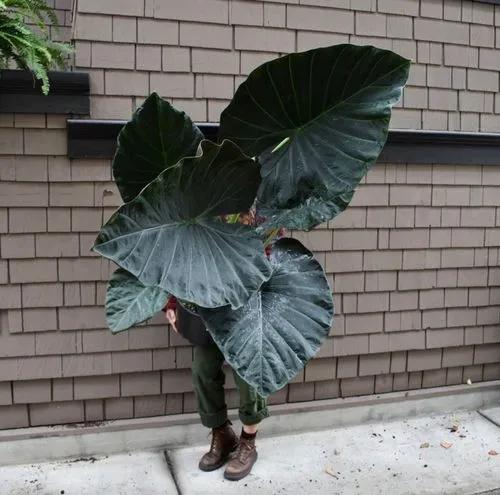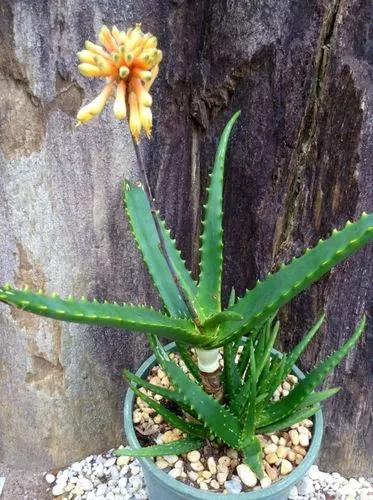Crassula cv. 'Gollum' is a very compact shrubby succulent-plant up to 60-90 cm tall and 40-60 cm wide with tubular leaves with a reddish tint. The natural habitat of the species is the Eastern Cape in South Africa, KwaZulu-Natal and Mozambique.
Crassula ovata 'Gollum' Care
Crassula cv. 'Gollum'



The plant is considered by some a hybrid of Crassula ovata (portulacea). (but others suppose it may be a cross between Crassula argentea and Crassula lactea). This is a similar cultivar to the earlier Jade cultivar 'Hobbit' but where 'Hobbit' leaves are curled back around, while the cultivar 'Gollum' has leaves that are nearly tubular and appear to be tipped with a suction cup reminiscent of the J.R.R. Tolkein character by the same name. Both 'Gollum' and 'Hobbit' are interesting plants with trunks that becomes thick with age and developing interesting stem patterns. This two cultivars has been considered to be identical and people confused one to each other and now plants in the trade and collection are variously and often improperly named. But whatever name, it's a nice variation on the jade.
How to Care for the Plant

Water

Watering requirements for crassula ovata ‘hobbit’: a good way to water is a “soak and drain” method. To do this, bring a plant to a sink and give it a good soak, allowing a water to drain out of a drain hole in a bottom of a pot. Then allow a soil to dry out down about 5 cm (2 inches) before watering again.

Pruning

To prune a plant to encourage bushy new growth, snip off the dominant buds on select stems, staggering the cuts to encourage varied growth.

Fertilizer

Liquid fertilizers are applied more frequently, bi-weekly or monthly, for example. Granular products are used less frequently, perhaps once every month or two. Slow-release houseplant fertilizers break down slowly and release their nutrients in small amounts, over a longer period of time. A single application of most of these products lasts for three to four months.

Sunlight

The east window is often considered the best window for houseplants as it's cooler than the west window without the dangers of overheating. West windows received full sun for part of the day and bright light for the rest, great for flowering plants.

Soil

The ideal blend of soil for plant growth is called loam. Often referred to as topsoil or black dirt by landscape companies, loam is a mixture of sand, clay, and silt.

Temperature

The plant is hardy to -1° C. Must over-winter in greenhouse or indoors.

Container

Choose a pot with drainage holes, which also ensures potting soil doesn't stay too wet after watering your houseplants. The excess can freely escape out the bottom of the container, allowing oxygen to make its way to plant roots.

Popularity

5,612 people already have this plant 2,123 people have added this plant to their wishlists
Discover more plants with the list below
Popular articles






